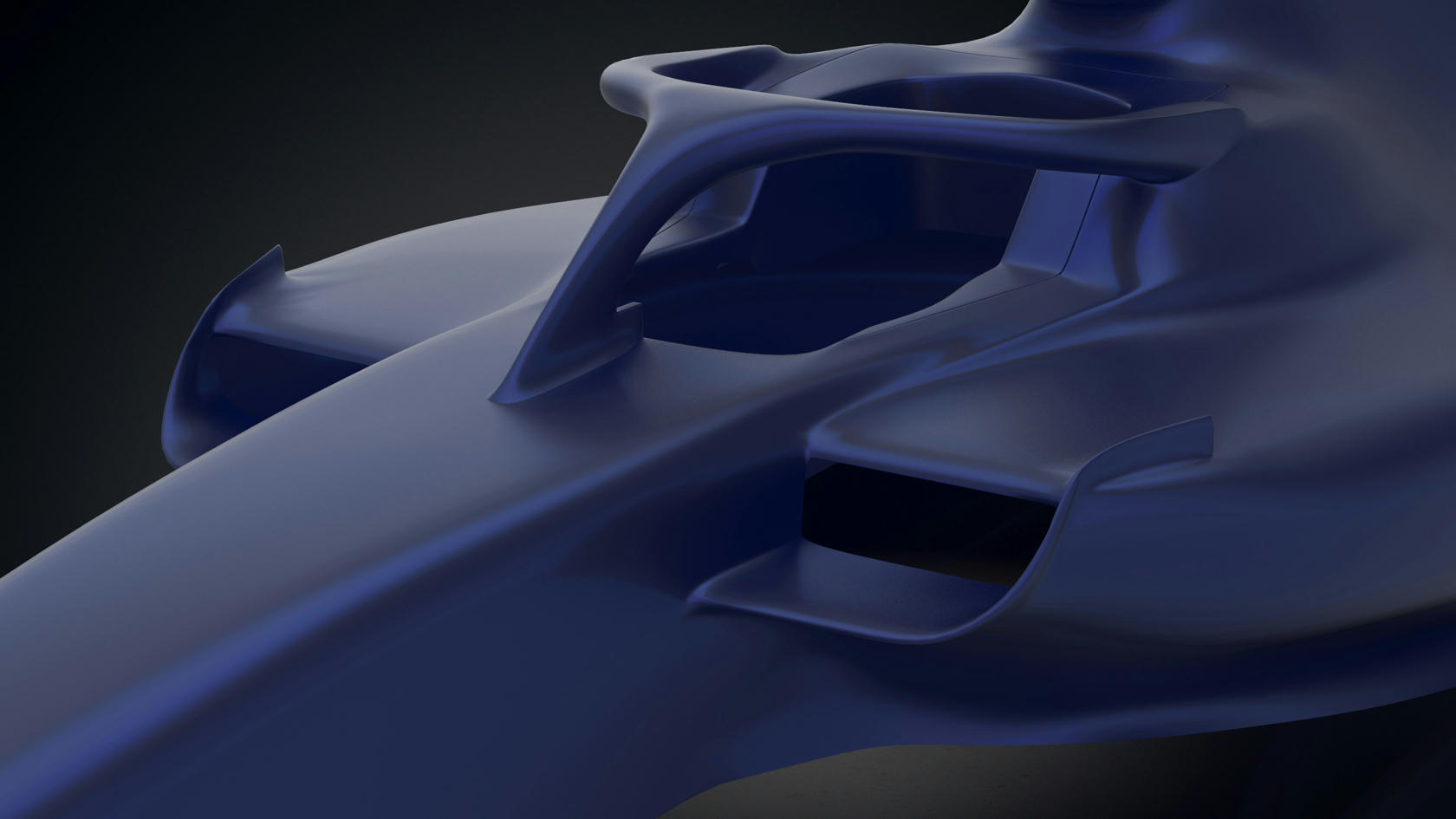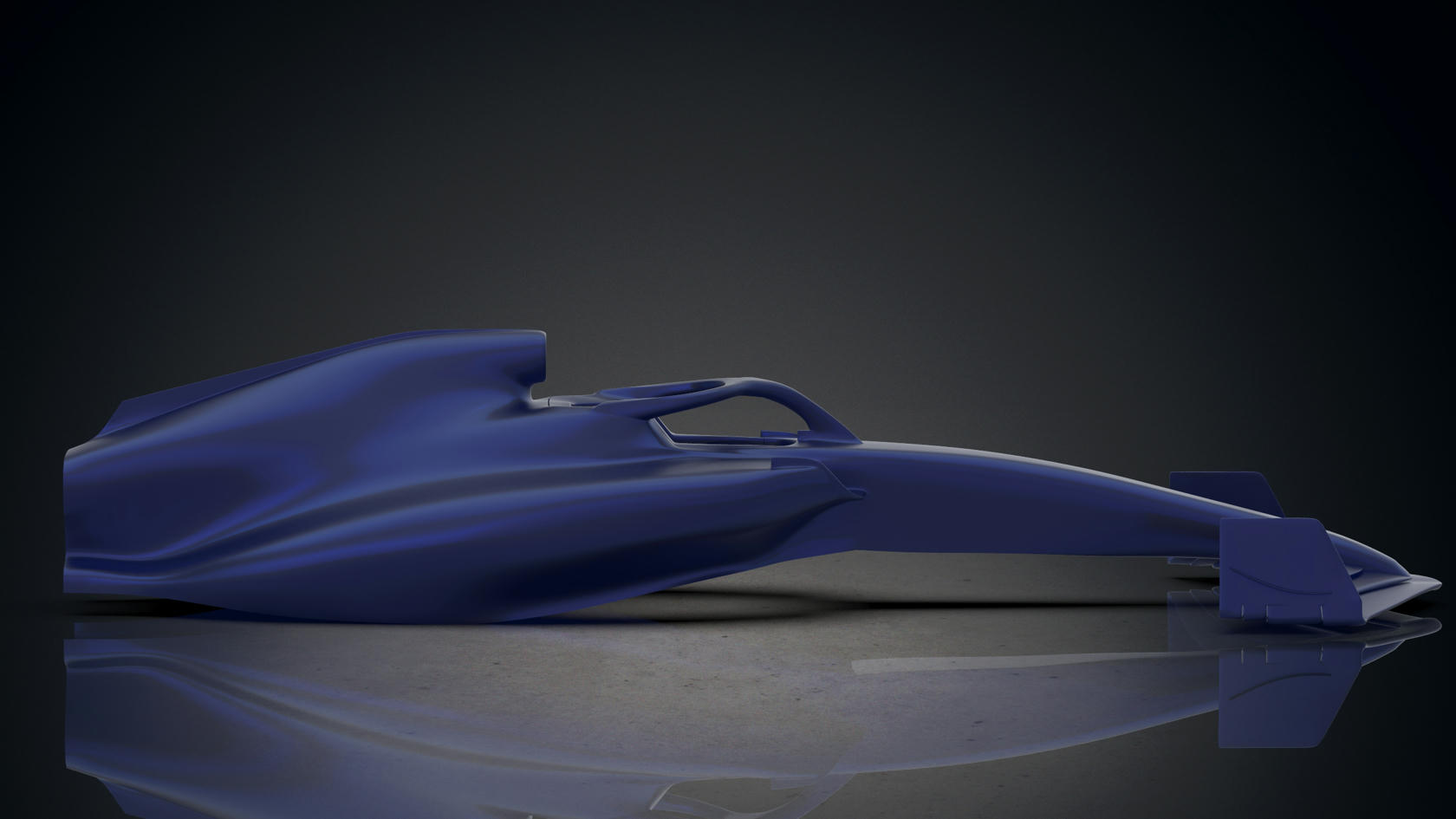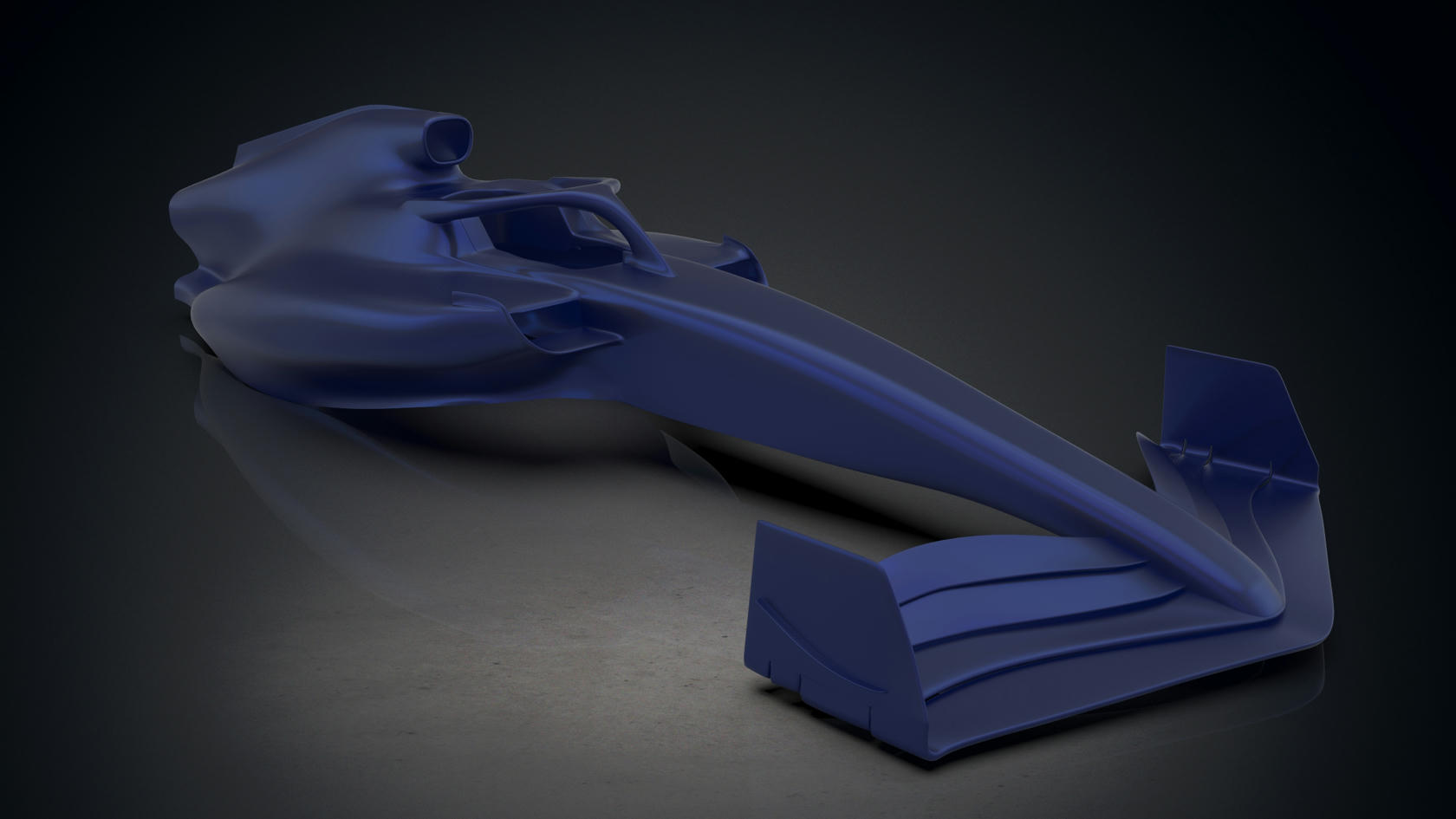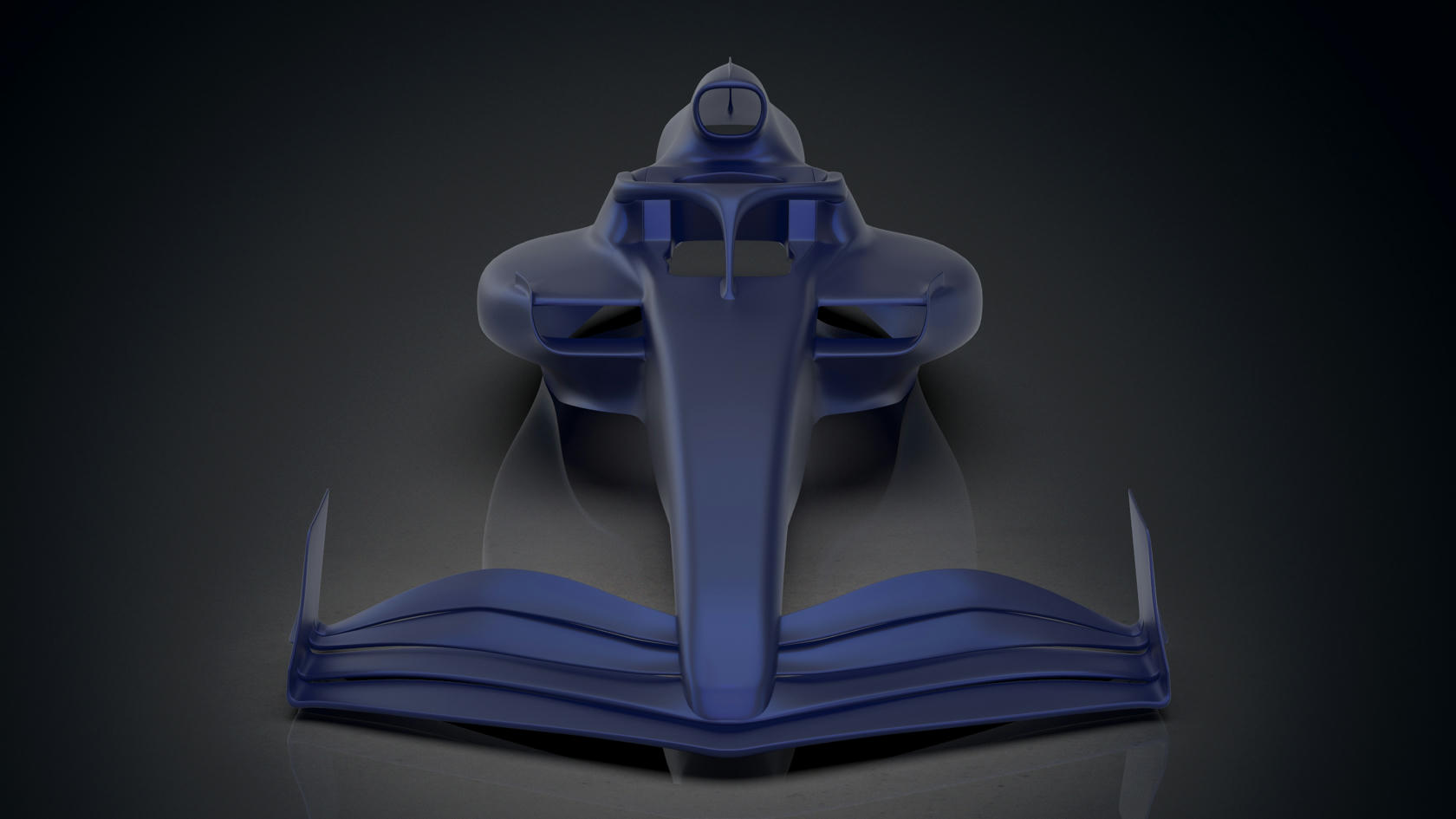It's all just speculation unless someone in the know at RB confirms it.... which is doubtful. I'm certainly not dismissing that it might be more conventional, but can't see that it would be worth the small possible weight savings to fab it in one piece vs using another piece for the brace.ScrewCaptain27 wrote: ↑03 Mar 2022, 13:57Not sure this simulation is very accurate or representative of the actual solution found on the car. The suspension arm is obviously braced and fixed in place on the top and bottom, and has two flexure points as opposed to a single one. Not that it still can't function as a sort of leaf spring, but I doubt that the movement of one wheel has an influence on the other in this case.Airshifter wrote: ↑03 Mar 2022, 09:03It seems to me they are using it as a leaf spring/anti roll application, and other than having influence on the opposite end, it shouldn't torque any other direction.
But with various mounting points and elements (springs) they could alter how much the opposite side wheel is influenced and use it very well as an anti roll measure.
https://upload.wikimedia.org/wikipedia/ ... _plane.JPG
In doing that, they can save weight in the other internal parts of the suspension, since the anti roll bar, heave springs, and torsion bar would be under less stress and as such can be made lighter.
Hard to say with specifics of geometry or where they might hide provisions for angle variances, etc. I've never really looked in to the road car uses "eyes on" enough to see how they deal with it. But it must not be that complicated overall if used on road vehicles as weight savings and simplicity.Big Tea wrote: ↑03 Mar 2022, 14:15Would that then alter the apparent length of the arm and angle the wheel? There does not seem to be anywhere a sliding or lengthening element could be?Airshifter wrote: ↑03 Mar 2022, 09:03It seems to me they are using it as a leaf spring/anti roll application, and other than having influence on the opposite end, it shouldn't torque any other direction.
But with various mounting points and elements (springs) they could alter how much the opposite side wheel is influenced and use it very well as an anti roll measure.
https://upload.wikimedia.org/wikipedia/ ... _plane.JPG
In doing that, they can save weight in the other internal parts of the suspension, since the anti roll bar, heave springs, and torsion bar would be under less stress and as such can be made lighter.
As for all the wheel tether comments.... I can see that going either way. If the two wheels are attached together, and the single arm has two mounting points, it should count as a tether most likely. Short of the entire front of the car being ripped off, one would hold the other it seems.
In any case, it's amazing what we have to look for in such a small space.









